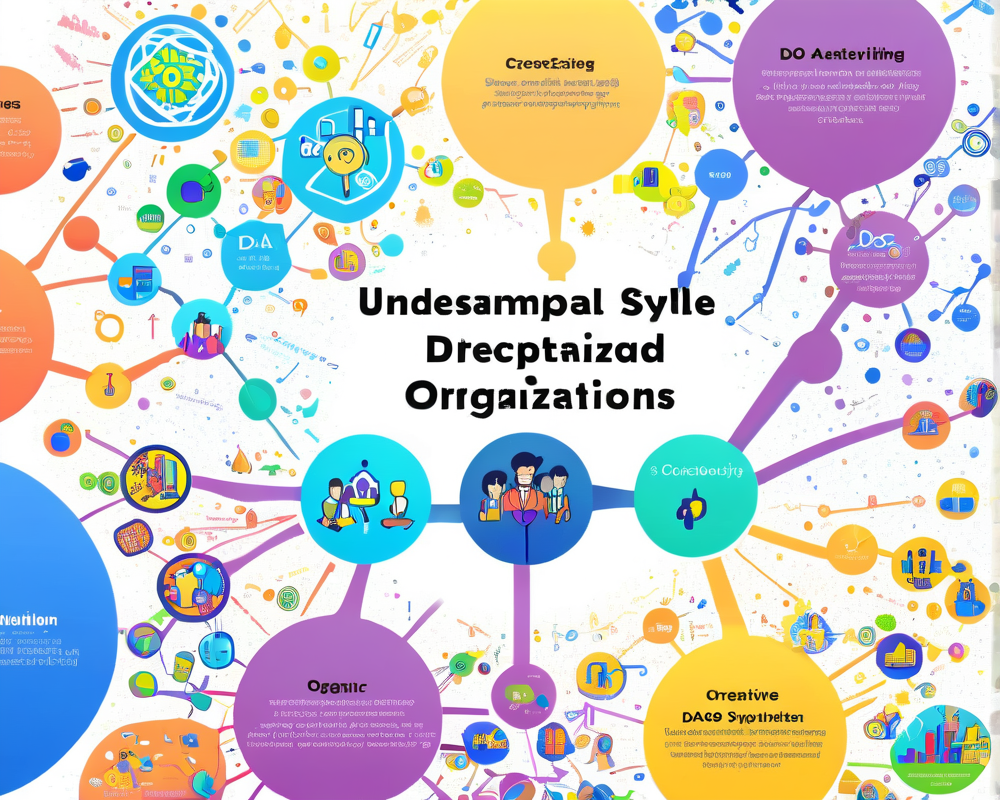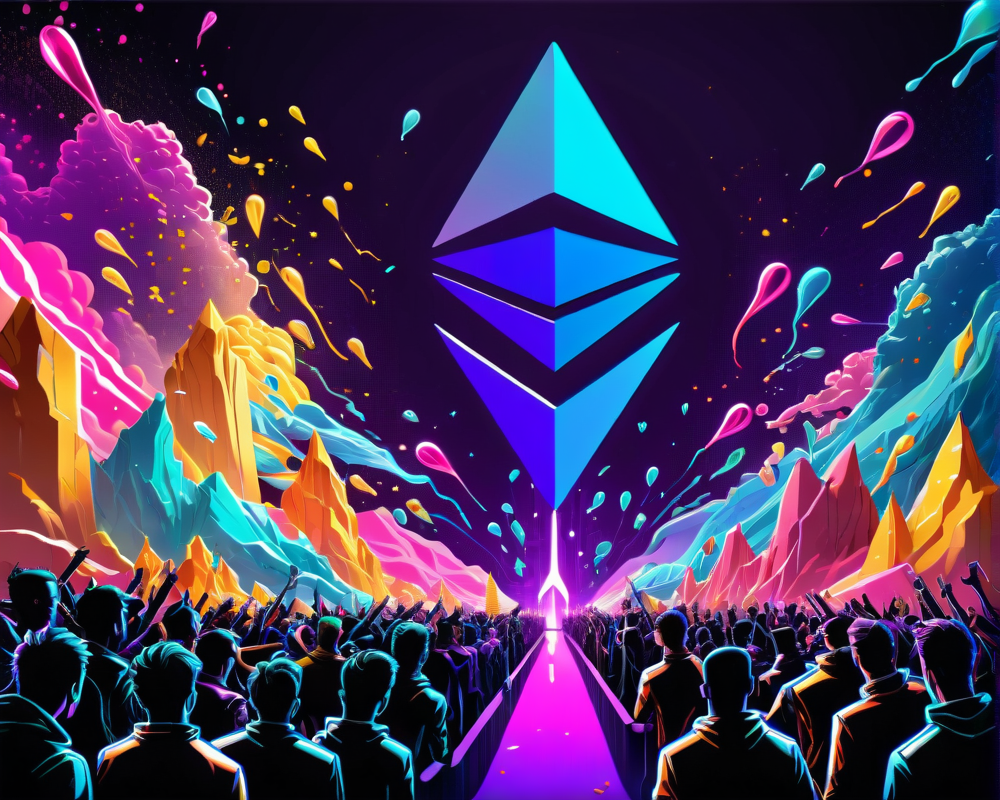What is a DAO Anyway?
A Decentralized Autonomous Organization (DAO) is like the rebellious teenager of the corporate world: it wants to do things its own way without the boring parental controls — a.k.a. corporate structure. At its core, a DAO is an on-chain organization that uses tokens, smart contracts, and governance mechanisms to make collective decisions. It’s how communities decide where to throw their virtual money (and how to spend it) without a single person wearing a ‘CEO’ hat marching at the front.
Flat, But Not Flat: The Structure of DAOs
Let’s address the elephant in the room: DAOs are often incorrectly labeled as having flat structures. Sure, there’s no CEO issuing orders like a tech dictator, but that doesn’t mean it’s a free-for-all. Remember, the community votes. This leads us to the trendy term, hierarchical structures. Wait, isn’t that what we’re trying to get away from? Not exactly! Many communities opt for hierarchies to operate efficiently. Who knew that democracy could lead to a chain of command!
Hierarchies in Action: The SubDAO Model
Picture a city. You can have a mayor (the community) but then you need a fire department, schools, and maybe a taco truck committee. In DAO speak, we call these subDAOs or workstreams. Imagine a dedicated team for engineering or marketing, with each workstream having its leader and budget autonomy. It’s like dividing a giant pizza into manageable slices.
- Engineering Workstream: Tackle software issues.
- Marketing Workstream: Make sure people know how awesome the pizza is.
- Finance Workstream: Keep the dough rolling in (pun intended).
Proposals, proposals, proposals! Anyone can upvote or downvote the efforts of these workstreams. If a proposal gets the green light, the workstream usually defines its mission, budget, and how they’ll measure success. And if they don’t deliver? Back to the drawing board, folks!
Your Questions, Answered: The Hierarchy vs. Community Debate
Now, a skeptic might wonder: why not keep it entirely flat? Great question of the century! Think about it — when the community scales, it turns into a chaotic carnival where everyone’s shouting over one another. This is where workstream hierarchies come to the rescue, allowing community members to focus on higher-level proposals rather than getting dragged into the weeds of everyday tasks.
Transparency is Key: No Secrets, Just Open Doors
You might be thinking, “But how can we trust a structured community?” Well, here’s the kicker: each workstream needs to embrace transparency. No secret meetings in dimly lit rooms. Everything must be shared publicly — think of it as a communal notebook passed around during class. Regular reports, ‘office hours’ for feedback, and candid conversations. It’s accountability at its finest!
So, how does this all fit into the global picture? As DAOs morph and adapt, they present viable solutions to the issues plaguing traditional corporations. In a landscape where many corporate giants are stumbling, DAOs stand tall, ready to redefine the workplace. But always remember, flexibility is key, and if one model doesn’t work—just DAO it!




